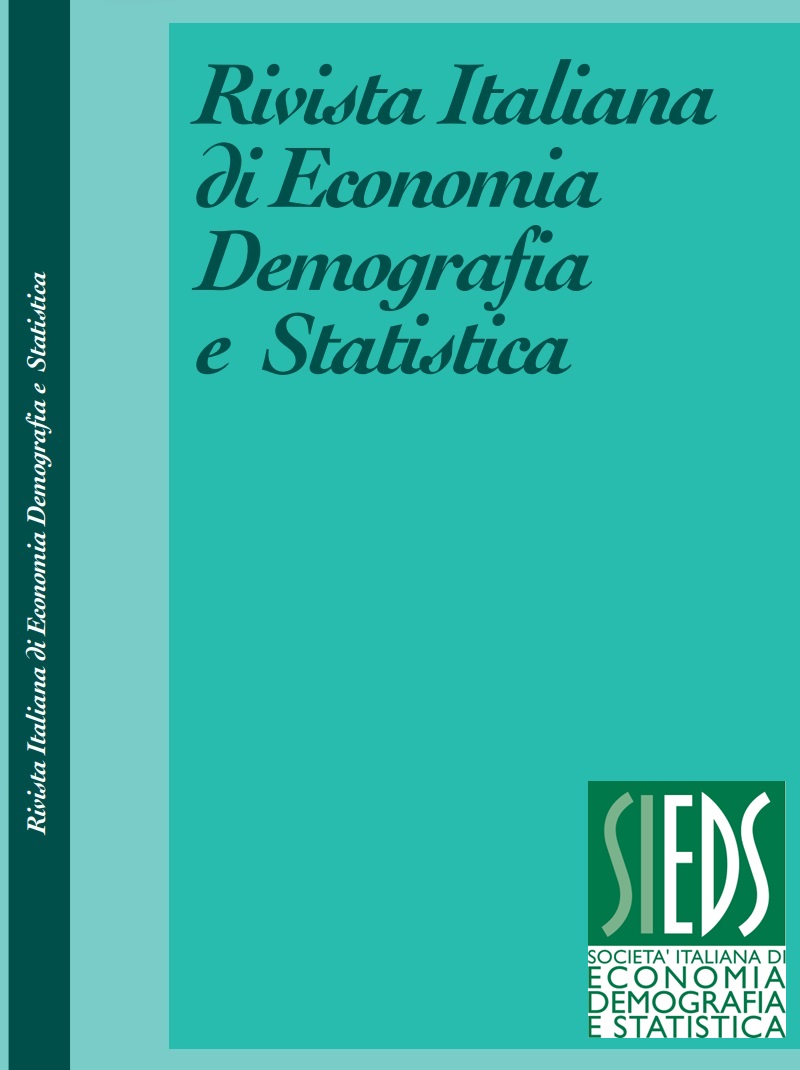Coverage extension to the micro-enterprises for the Istat quarterly indicators on job vacancies and hours worked
Abstract
The Italian National Institute of Statistics produces quarterly estimates of the job vacancy rate and hours worked for EU Regulations and national dissemination. To meet the requirements of European Regulations and fill an information gap on the world of micro enterprises, Istat has extended the coverage of these indicators from the enterprises (in NACE Rev. 2 Sections B to S, excluding O) with at least 10 employees to all those with employees. In fact, on the press release on labour market indicators of June 2019, Istat released for the first time the raw series for the job vacancy rates and the indexes of hours worked for all enterprises with employees, starting from the first quarter of 2016. In February 2020, when the time series were long enough for a more robust identification and correction for seasonal effects, also seasonally adjusted series were release, beside the raw ones. This innovation has represented an important challenge because the enterprises with less than ten employees account for around 85% of all enterprises with employees in the covered economic activity sectors and employ a much smaller but relevant share of all employees in these sectors (around 28%). In this work it is analysed the weight of job vacancies, hours worked and hours worked per capita within companies with fewer than ten employees compared to the total companies with employees. The dynamics of the indicators for companies with at least 10 employees and companies with employees for the period 2016-2019 are also compared. The sampling errors on the series for all companies with employees, measured through the coefficient of variation, remain the same as those for only the enterprises with at least 10 employees for the hours worked indicators. Instead, it increases from an average of 4.3% to 5.4% for the job vacancy rate estimates (over the period 2016-2019). The limited increase in this latter variable’s coefficient of variation is, in our opinion, more than compensated by the extension of the coverage to all enterprises with employees, which fills a relevant information gap.
Downloads
Published
Issue
Section
License
Copyright (c) 2020 Diego Chianella, Giuliano Latini, Annalisa Lucarelli, Emilia Matera

This work is licensed under a Creative Commons Attribution 4.0 International License.



